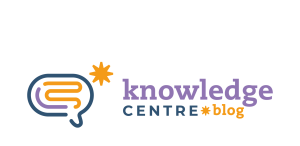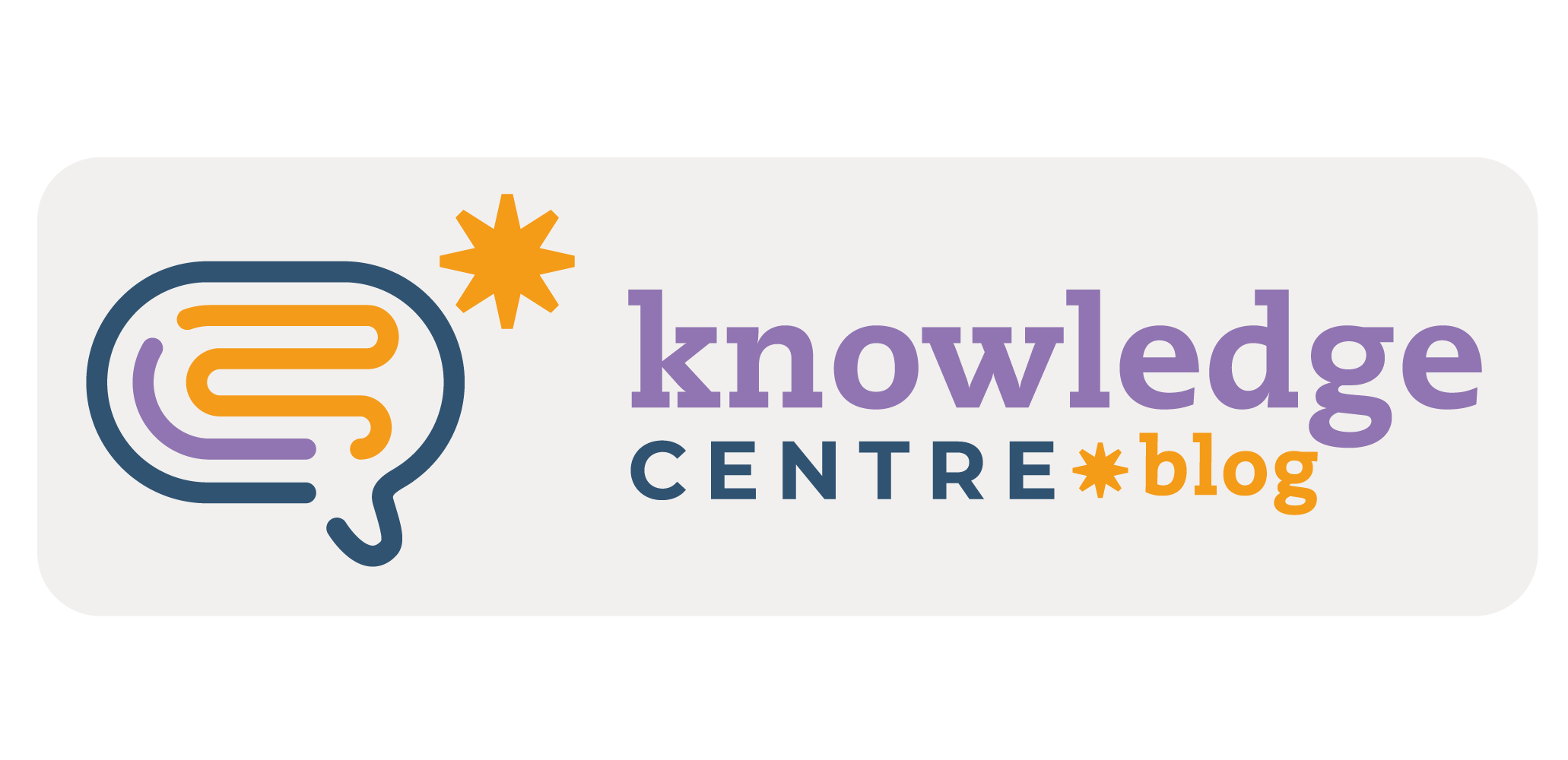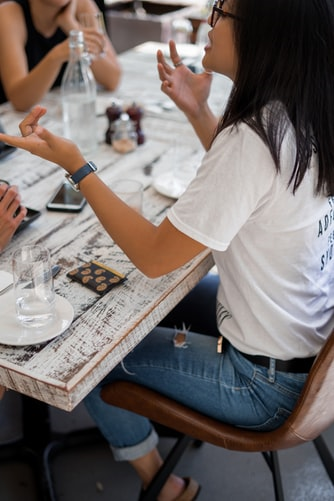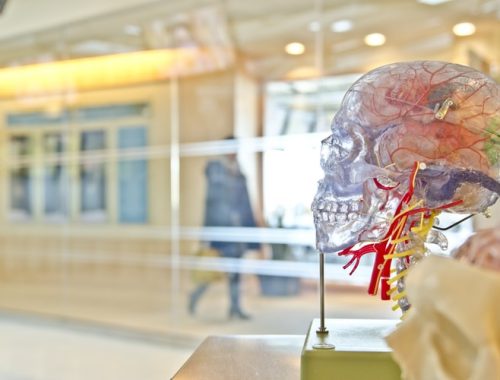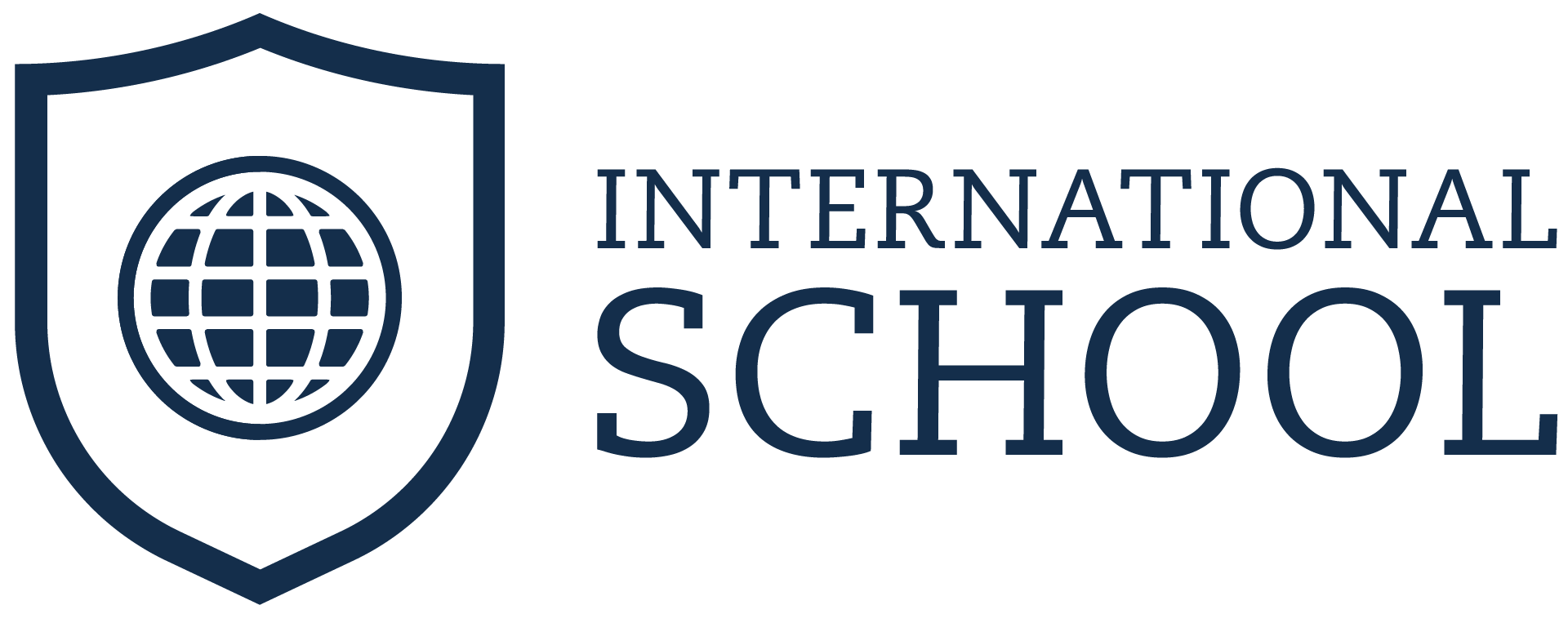A lot of attention has been drawn in recent times to how active learning can improve and enhance the learning experience – after all, having learners as the co-authors of the process while resorting to such methodology can bring lots of benefits in the short and long run.
Experiential learning – or learning through experience – can happen in a number of ways, the most frequent of which being hands-on learning (learning by doing). Simply carrying out hands-on activities (both in teacher education initiatives and in the classroom), however, is not enough for active methodology to sink in. Analyzing and assessing the unfolding of the process will play a crucial role in the learning experience, as the focus should not be on the product itself, but the way that led learners and teachers to get to that end result.
Although the concept of experiential learning is rather ancient, this is a relatively new approach in the classroom, being it of paramount importance for teachers to feel empowered to carry out activities incorporating active learning. For the experience to take place in a more successful way, the training initiatives offered to educators should emulate the classroom activities being proposed. In other words, in order to do so, resorting to experiential learning in teacher education is an excellent alternative.
Lessons involving PBL (project-based learning), for instance, should account for moments in which learners can discuss alternative procedures and hypothesize about possible mishaps. In teacher education, conducting a decompression moment at the end of key activities or at the end of a development initiative will aim to ensure the rationale is made more explicit, thus making processes more meaningful.
Another successful approach to experiential learning includes having learners actively cooperate with the design, content, and delivery of the lesson. Flipped classrooms can effectively cater for this approach, since learners will be in charge of preparing themselves and learning more about the topic and content of the lesson prior to its delivery, when they can also be in charge of some of the steps.
There are many reasons why active learning has been advocated in this text, and it is equally important to remember to take different learners’ needs into account when planning your lesson – or as you undergo a new educational development initiative. Taking learners’ and participants’ different profiles, abilities, knowledge, and skills into account as a lesson or session is planned will certainly help learners and attendees stand better chances of having more significant impact on their learning experience. Having a clear purpose during the planning stage, and helping learners and teachers have an equally clear purpose for their learning, will certainly make all the difference throughout the process.
How do you make sure learners are the co-authors of their learning experiences? And how do you co-author the sessions and workshops you attend? Share your ideas and tips here!
By EDC
